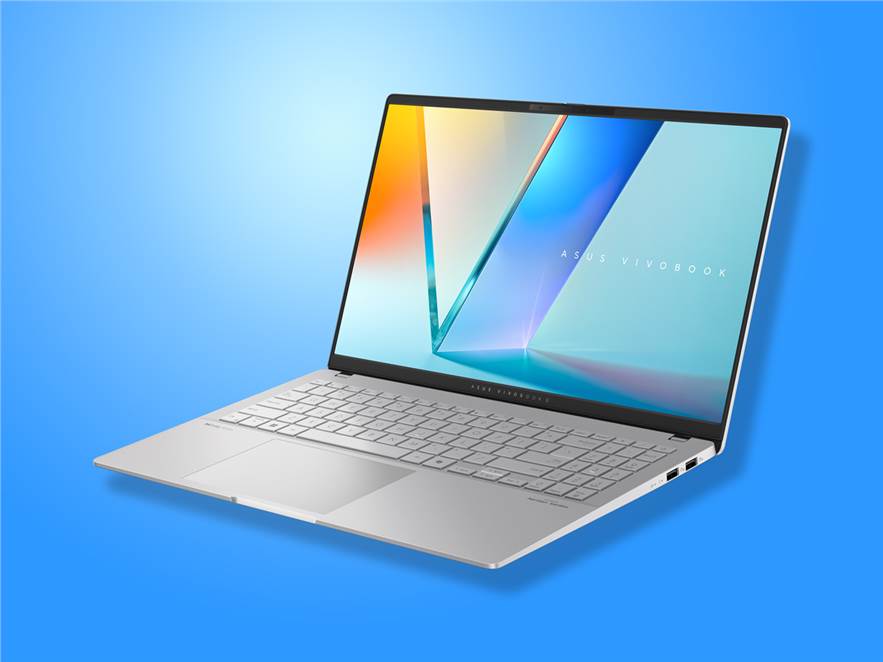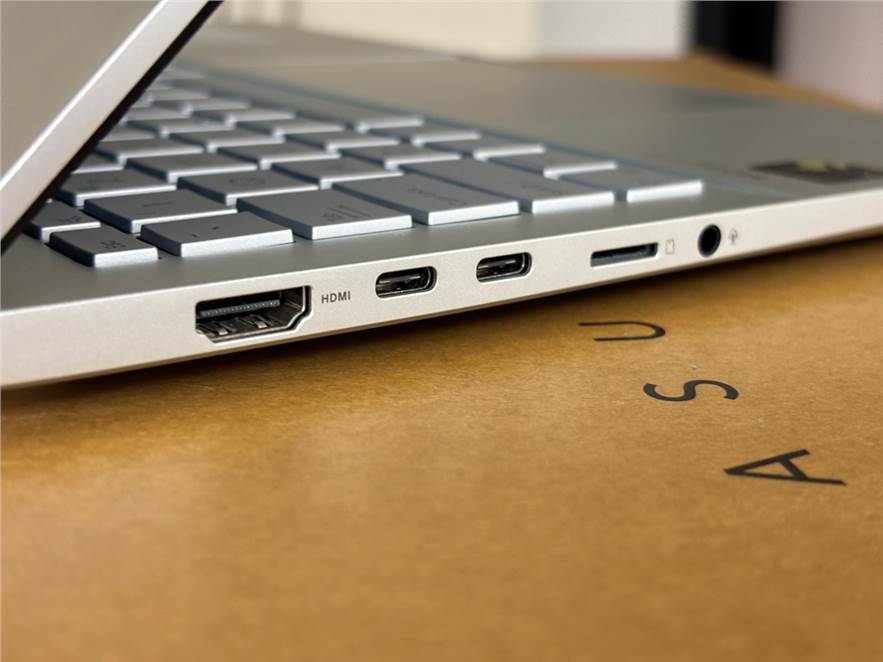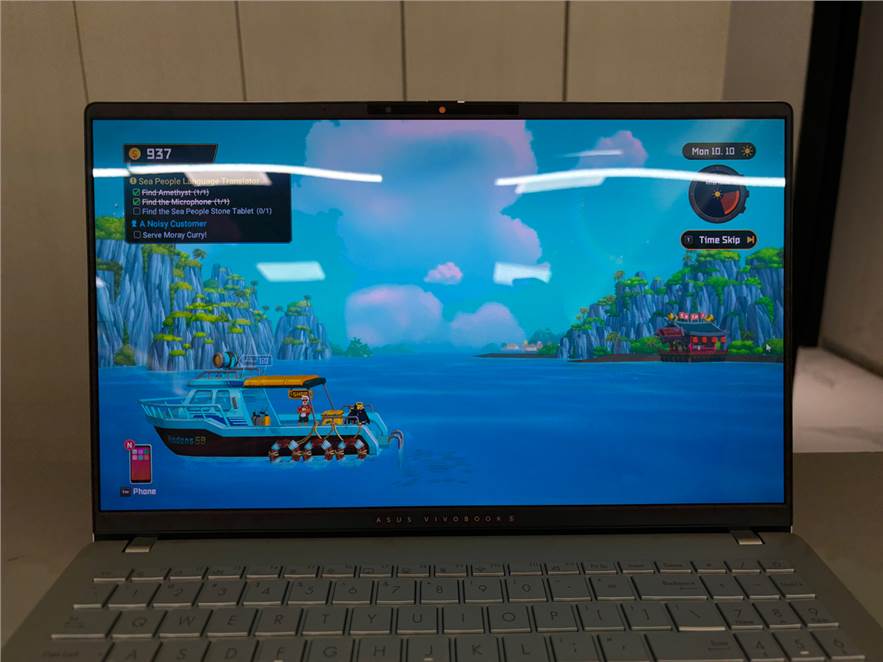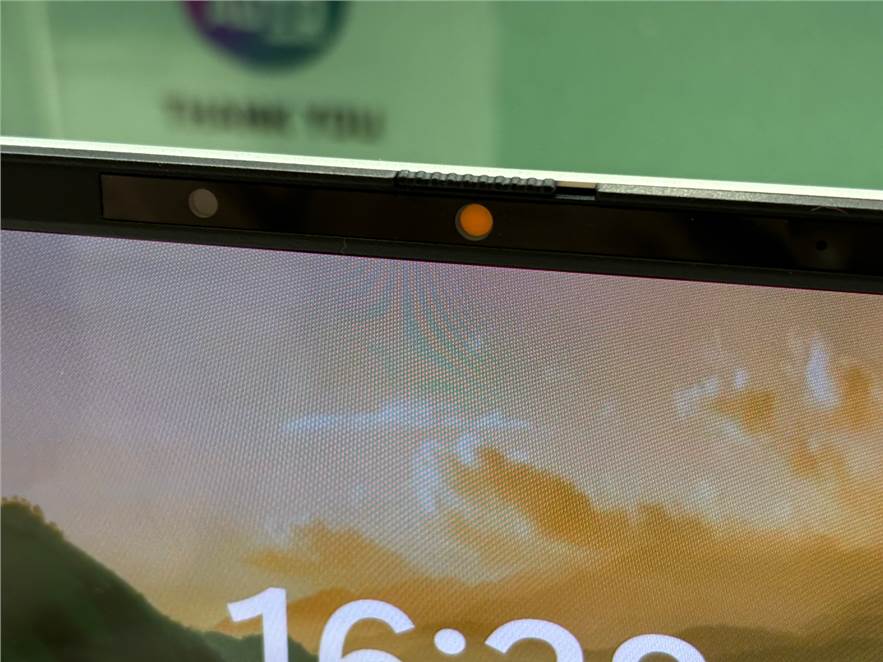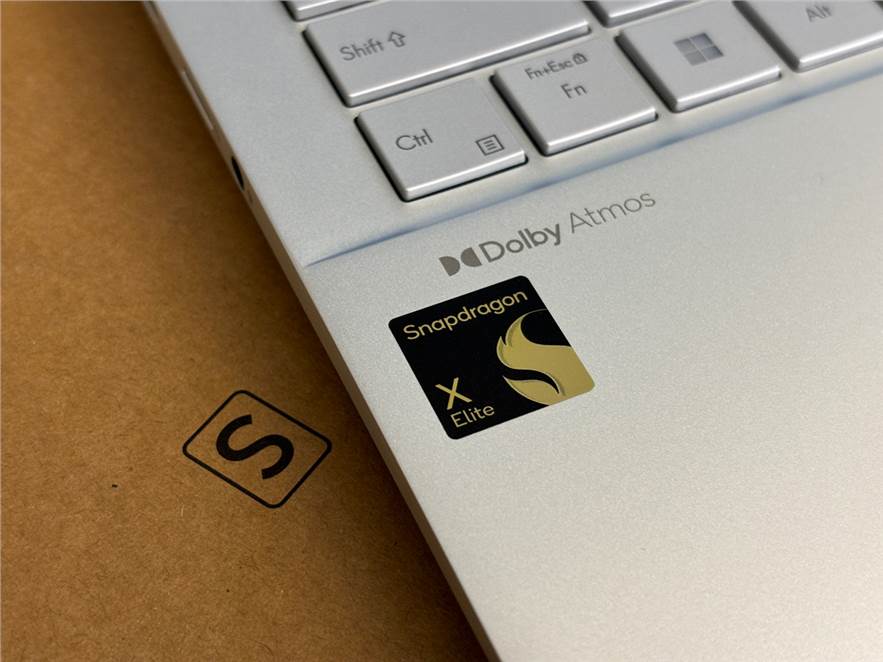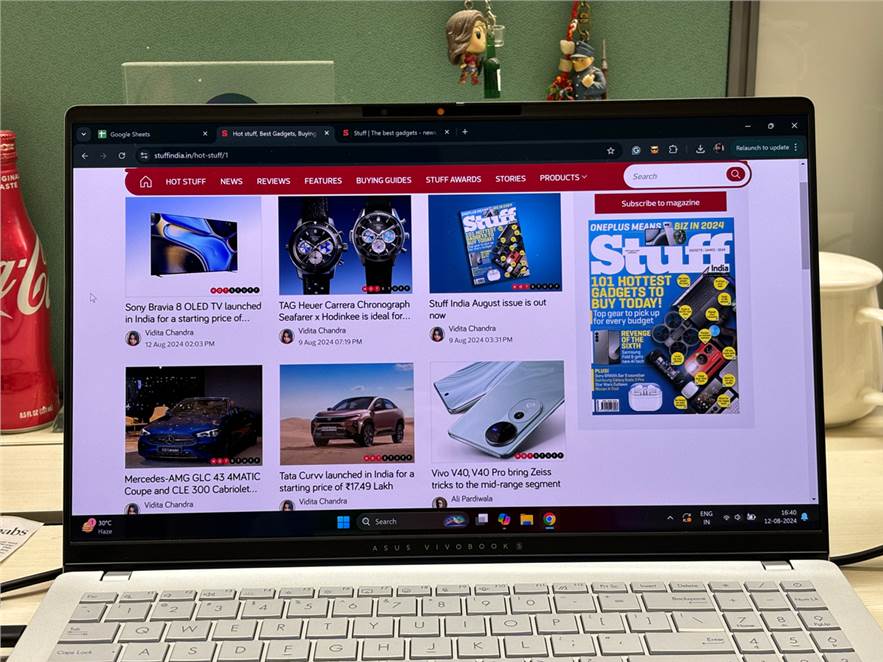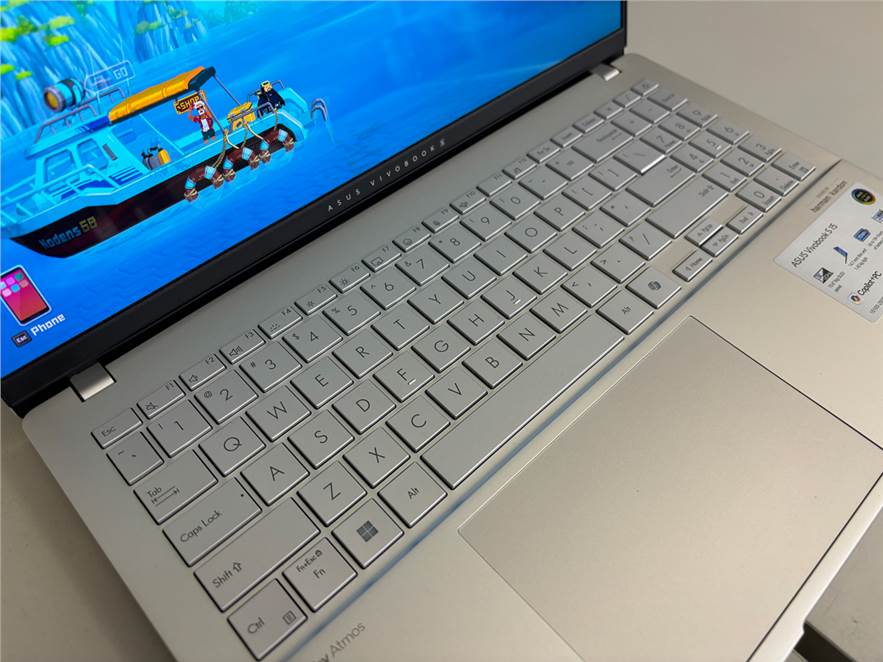Asus, Dell, HP and other laptop manufacturers are finally ready to send out their Windows laptops running on ARM-based processors from Qualcomm. If you want a short explainer about ARM-based processors, you can click on this link here about the MacBook M1 chip.
The Asus Vivobook S 15 OLED in question is a sleek laptop powered by Qualcomm's Snapdragon X Elite (X1E78100), promising to deliver exceptional AI performance alongside the benefits of ARM-based computing. But is this your ticket to the future of personal computing, or just another overhyped product riding the AI wave? Let's dive in and find out if Asus has created a Mac masher or if it's all just marketing fluff.
